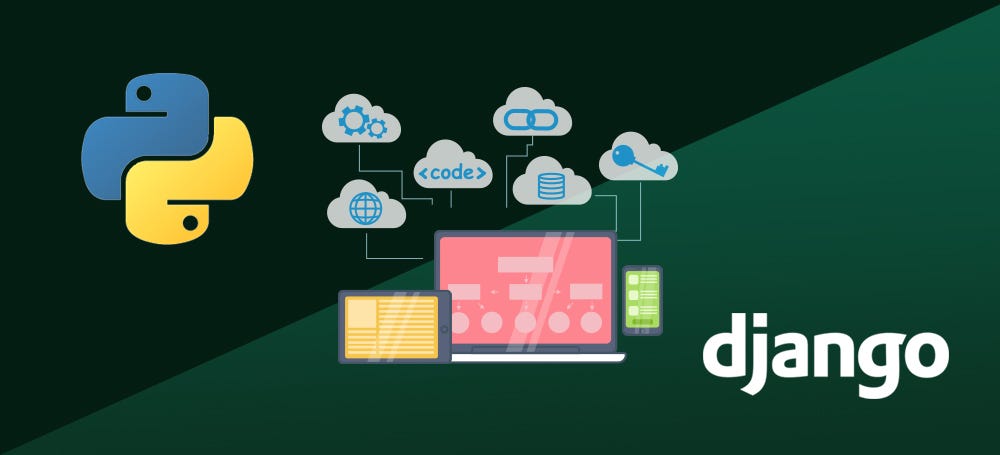Unveiling the Secrets of Ghosted Domains
Explore the intriguing world of expired domains and online opportunities.
Django Development: Crafting Web Magic with Code
Unlock the secrets of Django development and create stunning web applications effortlessly! Discover your coding magic today!
5 Essential Django Features for Rapid Web Development
Django is a powerful web framework that enables developers to build robust applications quickly and efficiently. One of its standout features is its extensive admin interface, which automatically generates a user-friendly backend for managing your application's data. This saves valuable time during the development process, allowing you to focus on crafting your application's core functionality rather than getting bogged down in administrative tasks. Furthermore, Django's ORM (Object-Relational Mapping) system simplifies database interactions by allowing developers to write Python code instead of complex SQL queries, streamlining the development workflow.
Another essential feature of Django is its built-in authentication system, which provides user accounts, groups, permissions, and cookie-based user sessions right out of the box. This means you can implement user authentication in your application without having to spend time coding security features from scratch, significantly speeding up the development process. Additionally, Django's scalability makes it an ideal choice for applications that expect to grow over time. With its modular design and support for caching, you can easily adapt your application to handle increased traffic and data loads without a complete rewrite.

How to Build a RESTful API with Django: A Step-by-Step Guide
Building a RESTful API with Django is an effective way to manage application data and facilitate communication between the server and client. To get started, install Django Rest Framework (DRF), which provides powerful tools to rapidly develop APIs. First, create a new Django project and app, then include 'rest_framework' in your settings.py under INSTALLED_APPS. Once your environment is set, design your models by defining the necessary data structures in models.py. This initial setup lays the foundation for endpoints that will serve your API requests.
After setting up your models, the next step is to create serializers that transform complex data types like querysets and model instances into native Python datatypes, which can then be easily converted into JSON. You can achieve this by creating a new file called serializers.py and defining your serializers. Once your serializers are ready, use the DRF viewsets to create interfaces for your API. In your views.py, implement viewsets and link them to URL paths using Django's router functionality. Finally, conduct thorough testing of your API endpoints to ensure they return the expected results and handle various request methods appropriately.
Common Django Mistakes Beginners Make and How to Avoid Them
Django is a powerful web framework that allows developers to build robust applications quickly. However, beginners often encounter some common pitfalls that can hinder their development process. One major mistake is not following the DRY principle (Don't Repeat Yourself). This principle encourages code reusability, and failing to adhere to it can lead to redundant code and increased maintenance time. To avoid this mistake, always look for ways to abstract your code and use Django's built-in functionalities, such as creating reusable templates and custom view functions.
Another frequent error among newcomers is improper use of Django's ORM (Object-Relational Mapping) features. Beginners may not fully grasp how to use queries efficiently, often resulting in performance issues. To mitigate this, it's crucial to familiarize yourself with the various query methods, like select_related() and prefetch_related(). These techniques can greatly enhance the performance of your application by reducing the number of database hits. By taking the time to understand and implement these ORM features correctly, you can streamline your application's performance and make it more efficient.